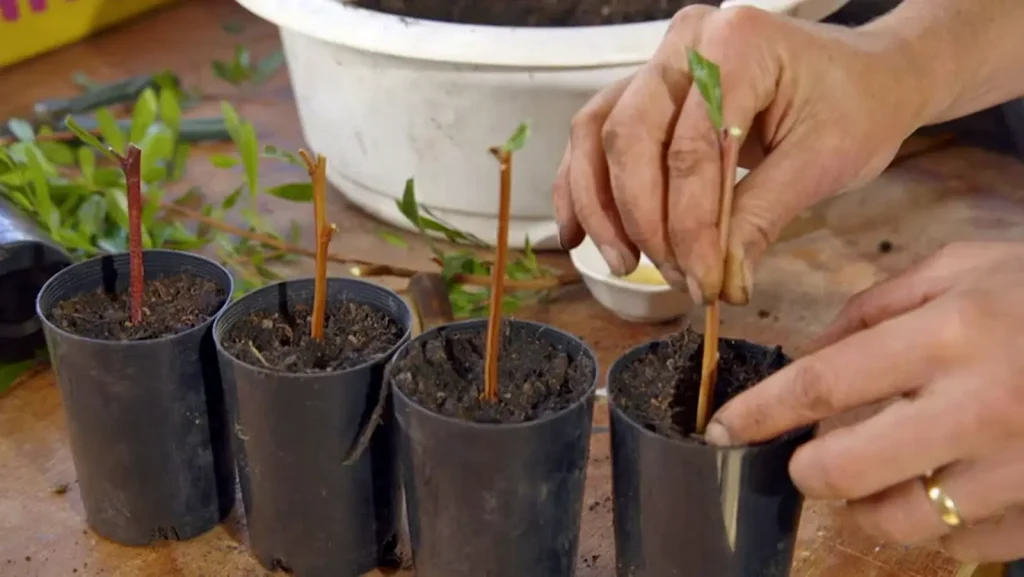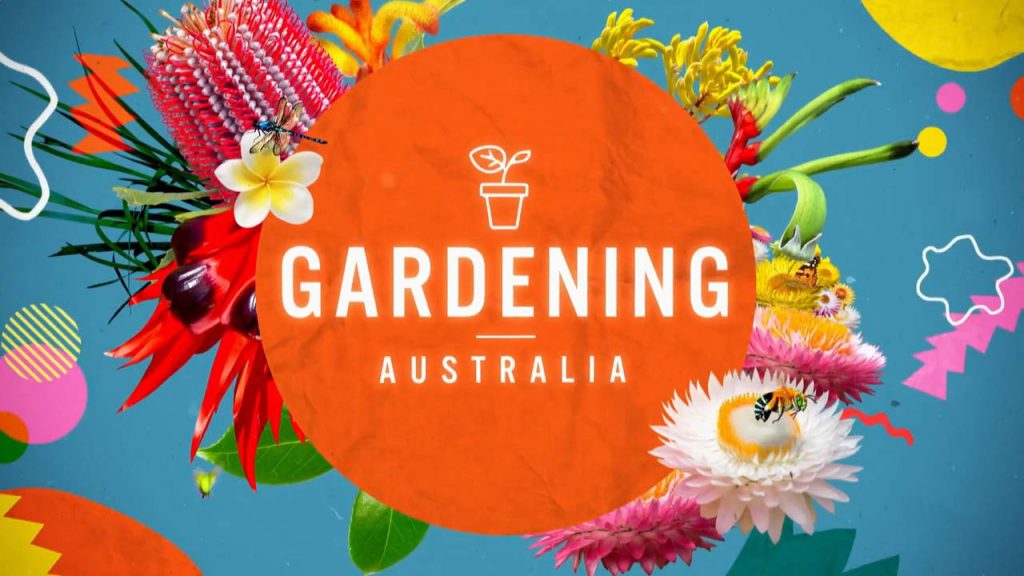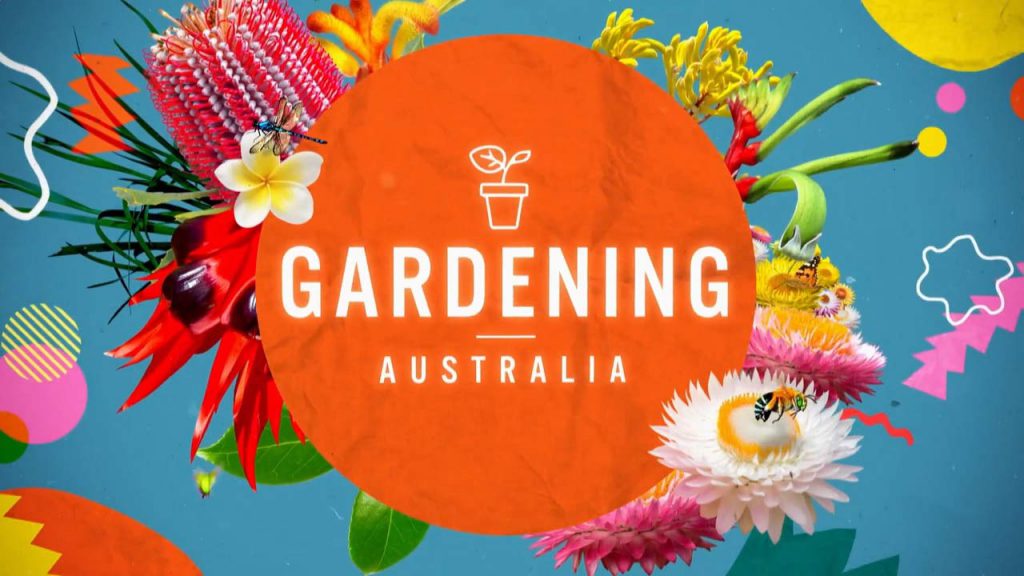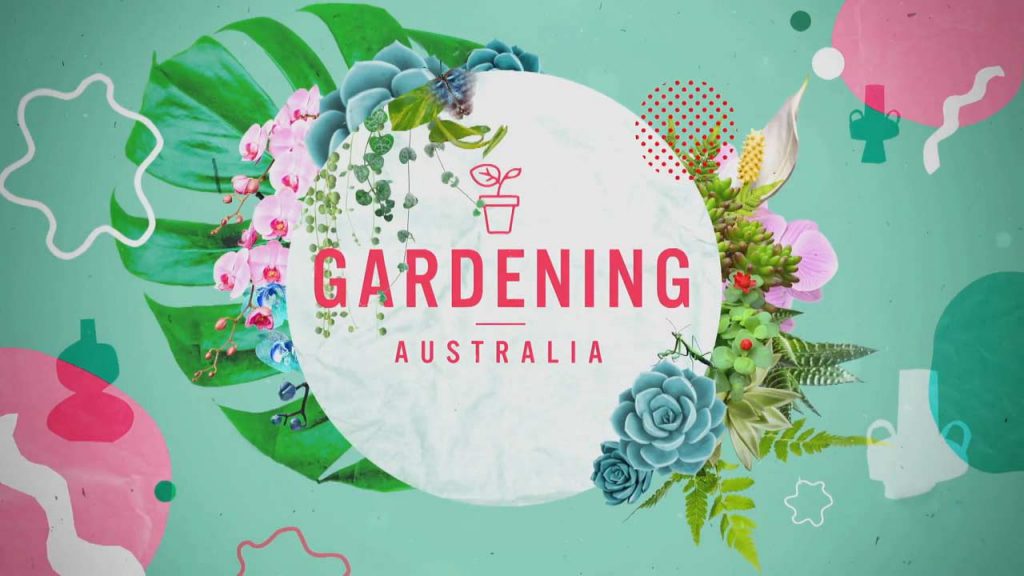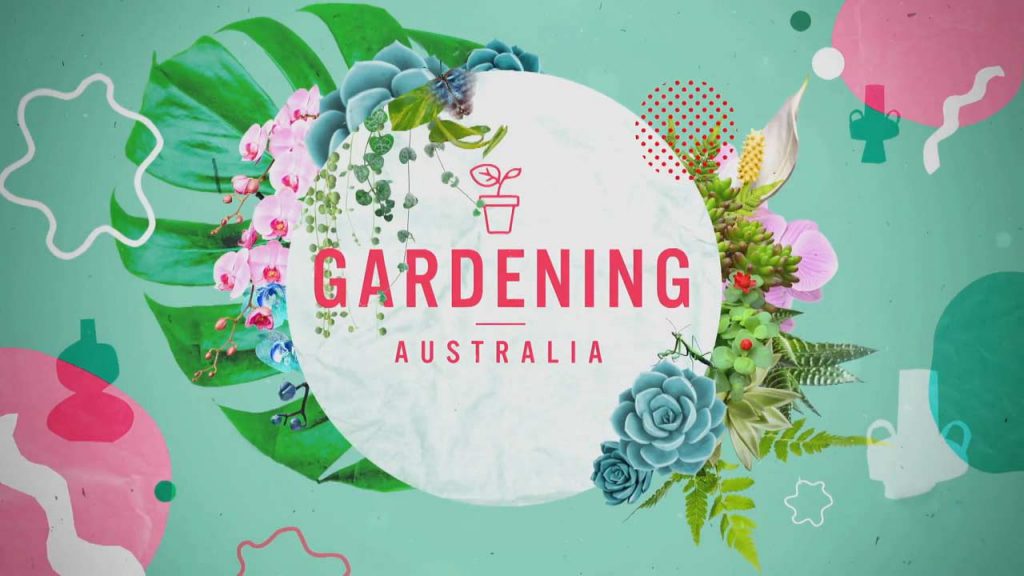Gardening Australia episode 37 2023 – Costa enthusiastically guides us through the eco-friendly process of using a spinning compost bin, explaining how it efficiently transforms kitchen scraps and garden waste into nutrient-rich compost. Meanwhile, Jerry delves into the fascinating world of edible tree leaves, discussing their varied nutritional profiles and how they can be incorporated into everyday cooking.
In her segment, Hannah shares her deep knowledge on propagating hedges, detailing the step-by-step process for beginners and offering advanced tips for those looking to add lush, green boundaries to their gardens. Clarence takes us on a journey into the unique realm of desert peas, explaining how these resilient and colorful flowers can be cultivated in dry, challenging climates.
Millie’s adventure leads her to the home of two innovative foodie gardeners, where she discovers how they combine their culinary skills with gardening to create a sustainable, edible landscape. Josh demonstrates the joys and techniques of planting watermelons, from selecting the right soil to ensuring adequate sunlight and water for these juicy, summer treats.
Concluding this enlightening episode, we are treated to an exclusive tour of a botanist’s dream garden, a place brimming with rare plant species, innovative gardening methods, and a wealth of knowledge, offering a treasure trove of inspiration for garden enthusiasts and professionals alike.
Gardening Australia episode 37 2023
Crafting an Efficient DIY Compost Tumbler for Your Garden – Introduction to DIY Compost Tumbler Construction
Creating a DIY compost tumbler can revolutionize your gardening experience. This article provides a step-by-step guide on building an efficient, odour-free compost tumbler, ensuring your garden remains fertile and productive.
Benefits of a Compost Tumbler
A compost tumbler offers several advantages:
- Odour Control: Enclosed design minimizes odours.
- Pest Prevention: Elevated and sealed to deter vermin.
- Ease of Use: Simplifies the compost turning process.
Essential Tools and Materials
To construct your compost tumbler, you will need:
Tools
- Power drill
- Spade bit (matching pipe diameter)
- Safety gear: glasses, ear protection
- Clamps
- Saw (circular saw recommended)
- Pencil
- Set square (for 45-degree cuts)
- Tape measure
Materials
- 6 meters of timber (42mm x 100mm), hardwood or outdoor-treated
- Galvanised/stainless-steel screws
- 200-liter plastic food storage barrel
- Threaded galvanised pipe (tumbler’s axle)
- Plastic spacers for the pipe
- 2 metal pipe cap ends (matching pipe diameter)
Step-by-Step Guide to Building Your Compost Tumbler
Constructing the Frame
- Prepare Timber Legs: Cut 4 x 1.5m pieces for the frame legs. Additional shorter pieces for cross bracing can be cut later.
- Mark and Cut Timber: Use the set square for precise cuts.
- Drill Axle Holes: Drill holes for the axle 100mm from the end of the leg pieces.
- Assemble Frame: Arrange and fix the legs at the desired angle using screws.
Preparing the Barrel
- Mark Barrel Center: Measure and mark the central point for the axle.
- Drill Barrel Holes: Create snug holes for the axle on the barrel.
Assembling the Tumbler
- Support Barrel: Place the barrel on a wheelbarrow for support.
- Attach Axle and Spacers: Insert the axle through the barrel, adding spacers at the ends.
- Secure Timber Frame: Attach the frame to the axle and secure with metal caps.
- Add Bracing: Strengthen the frame with timber bracing.
Usage Tips
- Fill with Organic Waste: Add kitchen and garden waste to start composting.
- Regular Turning: Spin the tumbler periodically to aerate the compost.
Cultivating Sturt’s Desert Pea: A Comprehensive Guide – Gardening Australia episode 37 2023
Characteristics and Botanical Background
Sturt’s Desert Pea, also known as Swainsona formosa or Ngooringa, is a remarkable Australian native plant, famed for its vibrant red flowers and distinctive black central boss. Originating from Australia and revered as the state emblem of South Australia, this plant is an annual groundcover with sprawling stems that can extend up to 2 meters long. It is occasionally found in more upright forms, adding to its horticultural appeal.
Visual Appeal and Varieties
The plant’s distinctive large red flowers, set against grey pinnate leaves, make it a visually striking addition to any garden. Various color forms are available, offering a spectrum of aesthetic possibilities. Flowering in the wild is triggered by rain and can occur anytime from July to March, making it a dynamic feature in any landscape.
Optimal Growing Conditions
Climate and Positioning
Sturt’s Desert Pea thrives in warm temperate, arid, or Mediterranean climates. In cooler temperate regions, it can be successfully grown in a hot house or similar controlled environment. The ideal location for this plant is a sunny rockery, a large tub, or a hanging basket, where it can receive ample sunlight.
Soil Requirements
The plant prefers perfectly-drained sandy soil, which mimics its natural desert habitat. Ensuring proper soil conditions is crucial for the plant’s health and blooming potential.
Propagation Techniques
Seed Sowing and Germination
Propagation by seed is the most straightforward method. The seed features a hard outer coating, which protects it until conditions are right for germination. To simulate these prime conditions, soak the seeds overnight before sowing, then plant them just 5mm under the surface of the soil. The seeds typically germinate within 4-10 days.
Advanced Methods: Cuttings and Grafting
Although seed propagation is easiest, cuttings and grafting are also possible for more experienced gardeners. Grafted Swainsona can live for up to 3 years, offering a longer lifespan compared to seed-grown plants.
Care and Maintenance
Watering and Fertilizing
Sturt’s Desert Pea is prone to root rot; hence, it’s crucial to water the plant from below only after germination. Avoid watering the leaves and protect the plant from rain. Once the flower stalks reach 10cm, fertilize once with slow-release fertilizer. The plant should flower after about 4 months of careful nurturing.
Potential Problems
The main challenge in growing Sturt’s Desert Pea is its susceptibility to root rot. This can be mitigated by ensuring proper drainage and careful watering practices.
Nurturing Nature: A Tale of Love, Gardening, and Culinary Artistry – The Harmony of Productive Gardening and Love
Transforming Spaces into Productive Gardens
At Gardening Australia, we’ve witnessed a unique tale of love and dedication in Episode 37 of our 2023 series. Duang and Rob, a couple with a profound love for gardening, have transformed their central Victorian block into a productive and flavour-filled paradise. They remind us that gardening is not just about planting; it’s about creating a space that reflects our passion and commitment to the earth.
The Art of Compost Making
Our journey with Duang and Rob also takes us into the intricate world of compost making. By combining kitchen scraps with organic materials like cow manure, straw, and leaves, they’ve developed a nutrient-rich compost that’s the lifeline of their garden. This process, a blend of traditional and innovative techniques, showcases the importance of recycling organic waste into something that gives back to the earth.
From Garden to Gourmet: Culinary Delights
The Fusion of Gardening and Cooking
In Episode 37, we discover the seamless integration of gardening and cooking. Duang, drawing on her heritage from northern Thailand, grows a variety of edible plants, including sub-tropical varieties that she incorporates into her cooking. This approach highlights the importance of local and home-grown produce in creating nutritious and delicious meals.
Exotic Recipes: Stir-Fried Eggplant and Salt-and-Pepper Tofu
The episode also shares some of Duang’s exquisite recipes, such as stir-fried eggplant and salt-and-pepper tofu. These dishes are not only a testament to her culinary skills but also an invitation to explore diverse flavors using fresh ingredients straight from the garden.
F.A.Q. on Gardening Australia episode 37 2023
Q.: What are the main features of Gardening Australia Episode 37 2023?
A.: This episode is a treasure trove of gardening wisdom, featuring Costa’s guide on using a spinning compost bin, Jerry’s exploration of edible tree leaves, Hannah’s insights on propagating hedges, Clarence’s introduction to desert peas, Millie’s visit to foodie gardeners, and Josh’s tips on planting watermelons. The episode concludes with a tour of a botanist’s dream garden, showcasing rare plants and innovative gardening techniques.
Q.: How does Costa explain the use of a spinning compost bin?
A.: Costa enthusiastically demonstrates the eco-friendly process of transforming kitchen scraps and garden waste into nutrient-rich compost using a spinning compost bin. He emphasizes its efficiency in speeding up the composting process while being environmentally friendly.
Q.: What unique aspect of gardening does Jerry cover in this episode?
A.: Jerry delves into the fascinating world of edible tree leaves. He discusses their varied nutritional profiles and how they can be incorporated into everyday cooking, offering viewers a new perspective on edible plants and their benefits.
Q.: Can you provide more details on Hannah’s segment about propagating hedges?
A.: Hannah shares her expertise on propagating hedges, detailing a step-by-step process suitable for beginners and offering advanced tips for experienced gardeners. Her segment is particularly helpful for those looking to add lush, green boundaries to their gardens.
Q.: What is unique about the desert peas discussed by Clarence?
A.: Clarence explores the unique realm of Sturt’s Desert Pea, a resilient and colorful flower that thrives in dry, challenging climates. He explains how these flowers can be cultivated and the conditions they require, making it a highlight for those interested in drought-resistant plants.
